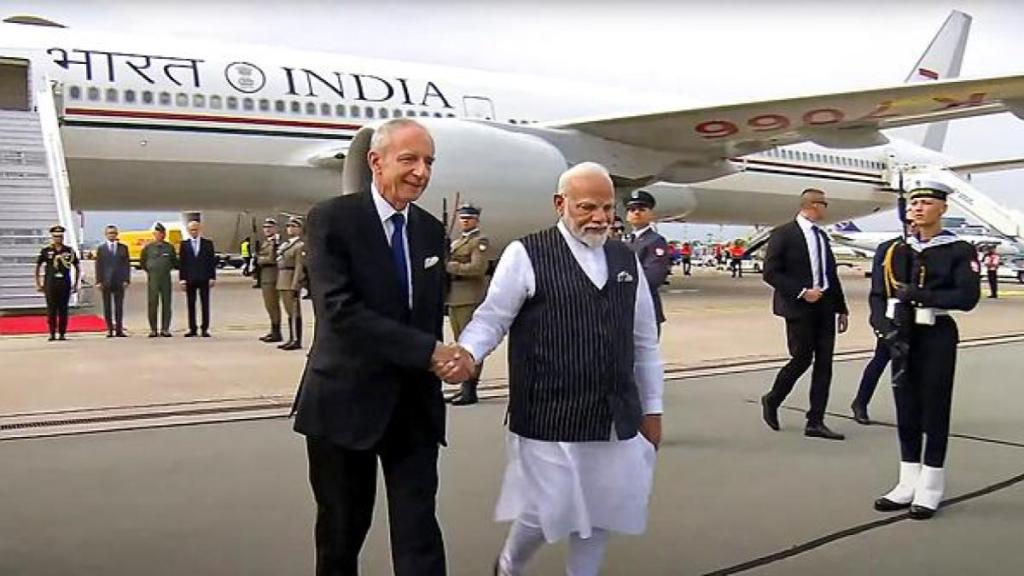After World War II, Poland was under a Soviet-backed communist regime. During the Cold War, both Warsaw and New Delhi maintained close relations with the Soviet Union, fostering a strong bond between the two nations. Even after the fall of communism, these ties endured. In December 1992, a Polish parliamentary delegation visited India, followed by an Indian delegation’s visit to Poland in May 2002. Subsequent visits included Indian President Pratibha Patil’s trip to Poland in April 2009 and Polish Prime Minister Donald Tusk’s visit to India in September 2010.
Bilateral trade between India and Poland has grown steadily, reaching US$5.72 billion in 2023. India primarily exports tea, coffee, spices, textiles, pharmaceuticals, machinery, auto parts, and surgical items to Poland. Conversely, India imports machinery, artificial resins, plastic materials, non-ferrous metals, machine tools, and defence items from Poland. Several Indian companies have established operations in Poland, and direct non-stop flights between the two countries began in 2019.
Poland-Ukraine relations began after Ukraine’s independence from the Soviet Union in 1991. Poland was the first country to recognize Ukraine’s independence on December 2, 1991. As the Soviet-era differences faded, Ukrainian-Polish relations evolved into a strategic partnership by 1997. The two countries, the second and third largest Slavic nations, share a border of approximately 529 kilometers.
Expert View
In light of these developments, Prof (Dr) Nishakant Ojha, an eminent expert in National Security and Counter Terrorism, notes, “Prime Minister Modi’s visit may aim to ease tensions between Poland and Ukraine, particularly as they are currently at odds with India’s long-standing ally, Russia. The West has urged Modi to leverage his relationship with President Putin to mitigate aggression. His visits to Warsaw and Kyiv will enable him to engage directly with leaders there, gaining a nuanced understanding of their concerns. Peace can only be achieved through dialogue between Russia and Ukraine, addressing their fears and concerns.”
Ojha adds, “India has long believed that the conflict was provoked by NATO’s efforts to integrate Ukraine and the influence of the US arms industry. As Modi seeks to mediate, he will also focus on bilateral issues, including expanding trade. India sees both Poland and Ukraine as crucial markets for its products and needs Ukraine’s support for acquiring defense items, particularly aircraft and marine engines.”
Intricate Geopolitical Landscape
The geopolitical landscape is highly intricate, making it challenging to persuade either President Putin or President Zelenskyy to shift their entrenched positions. Addressing Putin’s core concerns is particularly difficult, as one major issue is NATO’s ongoing eastward expansion. This has led to demands to halt the deployment of offensive weapons along Russia’s borders and to revert NATO’s infrastructure to its 1997 configuration, as outlined in the NATO-Russia Founding Act.
Since 1999, NATO’s expansion has included the Czech Republic, Hungary, and Poland (1999); Bulgaria, Estonia, Latvia, Lithuania, Romania, Slovakia, and Slovenia (2004); Albania and Croatia (2009); Montenegro (2017); and North Macedonia.
According to Ojha, “The ongoing crisis in Ukraine, which has become a global issue, largely stems from the actions of Europe, the US, and Russia. However, upon closer examination, it becomes clear that Modi’s visit could be strategically beneficial. It could advance defence technology partnerships and play a role in facilitating the normalization of the ongoing conflict between Ukraine and Russia.”


